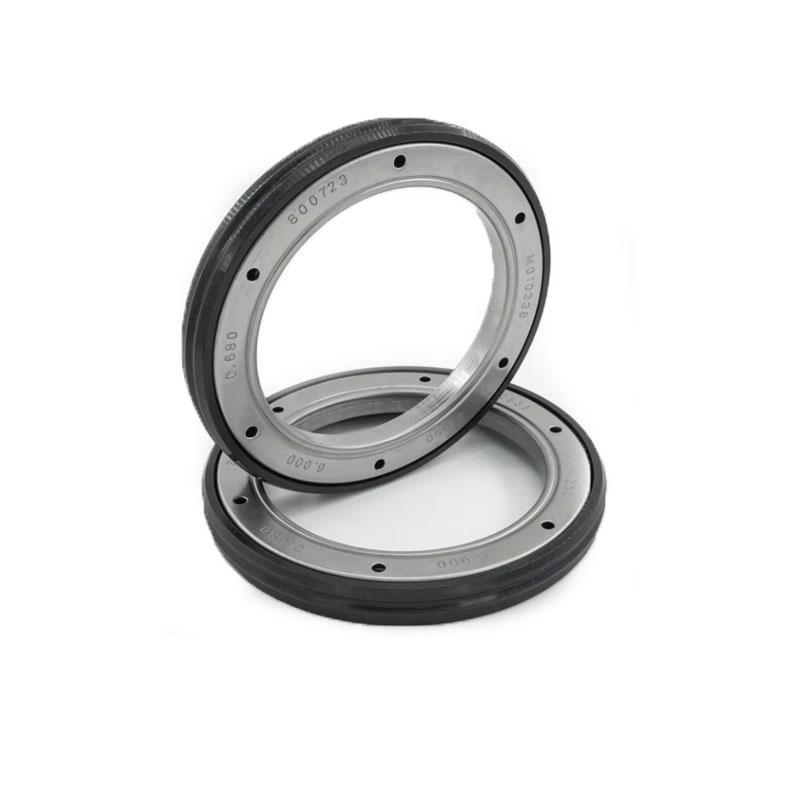Understanding the Importance and Functionality of Mechanical Shafts in Engineering Applications
Understanding Mechanical Shafts A Key Component in Engineering
Mechanical shafts are fundamental components in various engineering applications. Serving as the backbone of numerous mechanical systems, these cylindrical bodies transmit torque and rotational motion between different parts of machinery. This article delves into the significance, design, construction, and applications of mechanical shafts, shedding light on their pivotal role in modern engineering.
Definition and Functionality
A mechanical shaft is a rotating machine element that is designed to transmit power from one point to another. Typically cylindrical, shafts can vary in size and complexity depending on the application. Their primary function is to carry rotational motion and transfer torque from the motor to various components, such as gears, pulleys, or wheels. This transmission is critical in transforming energy from one form to another, enabling machinery to perform work efficiently.
Types of Mechanical Shafts
Mechanical shafts can be categorized into various types based on their use and design characteristics. The most common types include
1. Transmission Shafts These shafts are used to transmit power from the engine to the wheels in vehicles. They must be robust enough to handle high torque loads.
2. Drive Shafts Found in automotive and industrial applications, drive shafts connect two rotating components. They need to be sufficiently flexible to accommodate misalignment while transmitting torque efficiently.
3. Axles Common in vehicles, axles support the weight of the vehicle and allow for the rotation of the wheels. They also transmit power from the drivetrain to the wheels.
4. Crank Shafts Used in internal combustion engines, crank shafts convert linear motion from pistons into rotational motion that drives the vehicle forward.
mechanical shaft

Design Considerations
When designing mechanical shafts, engineers must consider several factors to ensure functionality and reliability. Key design considerations include material selection, size, shape, and load conditions. Common materials used for shafts include steel, aluminum, and composites, each offering unique properties suited for specific applications.
The diameter and length of a shaft must be optimized to accommodate the expected torque and bending loads. Moreover, engineers must account for stress concentrations that may lead to failure, ensuring that the shaft design adheres to principles of strength and rigidity. Advanced software tools are often used for finite element analysis (FEA) to predict how a shaft will behave under different operating conditions.
Manufacturing Processes
The manufacturing of mechanical shafts involves several processes, including machining, forging, and heat treatment. These processes aim to enhance the material properties and achieve the desired dimensions and surface finishes. Precision machining is essential for achieving tight tolerances, which are critical for the overall performance of the machinery.
Applications of Mechanical Shafts
The applications of mechanical shafts are vast and varied. They are integral to the functioning of various machines, including
- Automobiles Shafts are used in engines, transmissions, and differential systems. - Industrial Equipment In conveyors, mixers, and pumps, shafts play a crucial role in the movement and operation of machinery. - Robotics Shafts enable precise movements and functionality in robotic arms and automated systems. - Aerospace In aircraft, shafts are employed in engines and landing gear systems, where reliability is paramount.
Conclusion
In conclusion, mechanical shafts are essential components that form the foundation of countless machines and systems in engineering. Their ability to transmit torque and rotational motion is critical for the efficient operation of various mechanical devices. As technology advances, the design and manufacturing processes surrounding mechanical shafts continue to evolve, leading to improved performance and reliability in multiple applications. Understanding the importance of mechanical shafts not only highlights their role in engineering but also underscores the intricacy and ingenuity of modern machinery.
-
The Ultimate Guide to Car Repair Kits: Tools and Essentials Every Driver Should Own
News Aug.01,2025
-
The Complete Guide to Oil Pan Gaskets: Sealing Engine Leaks the Right Way
News Aug.01,2025
-
Preventing Oil Leaks: A Complete Guide to Oil Pan Gaskets and Drain Seals
News Aug.01,2025
-
Everything You Need to Know About Oil Pan Gaskets and Drain Plug Seals
News Aug.01,2025
-
Essential for Car Owners: How to Use a Car Repair Kit to Deal with Minor Breakdown
News Aug.01,2025
-
Comprehensive Guide to Engine Oil Sump Gaskets and Related Seals
News Aug.01,2025
-
The Ultimate Guide to Boat Propeller Bearings and Trailer Wheel Bearings
News Jul.31,2025
Products categories















